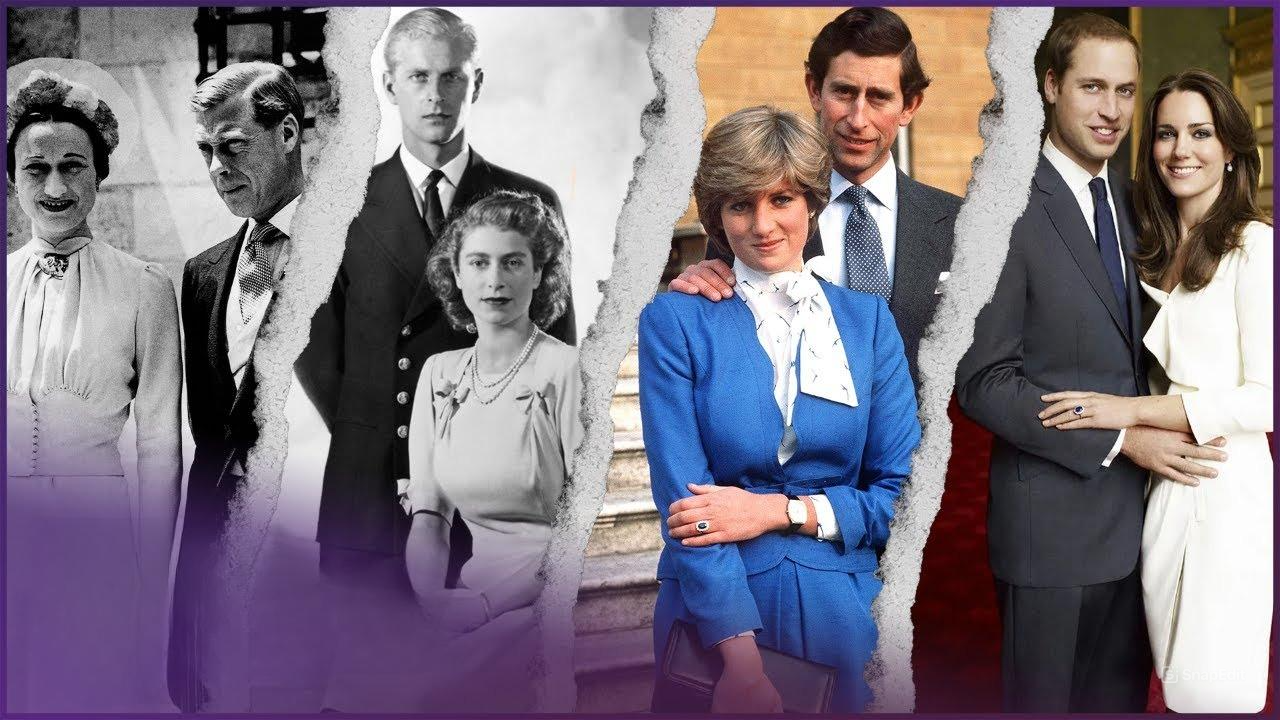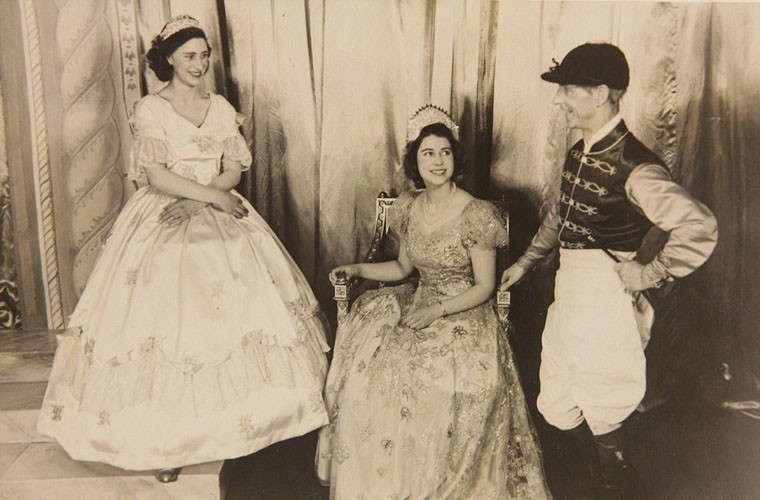
Queen Elizabeth II and the Ups and Downs of the British Royal Family
Queen Elizabeth II, the longest-reigning monarch in British history, presided over a transformative era marked by war, family scandals, and societal change. Her life and reign were not only a testament to resilience but also a reflection of the profound shifts in the modern world.

Childhood and Early Reign
Elizabeth Alexandra Mary was born on April 21, 1926, during a time of economic crisis and political instability in Britain. Initially not destined for the throne, her path changed when her uncle, King Edward VIII, abdicated to marry Wallis Simpson, an American divorcée. This led her father to ascend as King George VI, making Elizabeth the heir apparent.
At just 25 years old, Elizabeth became queen following her father’s sudden death in 1952. Her coronation in 1953 was a historic event, being the first to be televised globally, symbolizing the monarchy’s adaptation to the modern media age.
Role During Wartime and as a Stabilizing Force
During World War II, Elizabeth demonstrated courage by staying in London amidst bombings and serving as a driver and mechanic in the Auxiliary Territorial Service. These experiences solidified her image as a symbol of unity and steadfastness.
Throughout her reign, she maintained neutrality in political matters while meeting with 15 British prime ministers—from Winston Churchill to Liz Truss—and navigating global changes like the dissolution of the British Empire and Brexit. Her discretion ensured stability for the monarchy during turbulent times.
Family Crises
The year 1992 was described by Queen Elizabeth II as an “annus horribilis” (horrible year), marked by three of her four children divorcing and a devastating fire at Windsor Castle. The public scrutiny intensified with the breakdown of Prince Charles and Princess Diana’s marriage and Diana’s tragic death in 1997. Initially criticized for her reserved response, Elizabeth adapted by publicly addressing her grief, restoring public trust in the monarchy.
She later embraced Camilla Parker Bowles into the royal family after her marriage to Charles, showcasing her ability to balance tradition with modern realities.
Legacy and Successors
Queen Elizabeth II passed away on September 8, 2022, leaving behind a legacy of stability and adaptability. Over her 70-year reign, she transformed the monarchy into a more accessible institution while preserving its traditions.
Her successors—especially Prince William and Kate Middleton—continue this approach by raising their children in relatively normal environments while maintaining royal duties. Their efforts symbolize a modernized yet respectful continuation of Elizabeth’s vision for the monarchy.
Conclusion
Queen Elizabeth II’s reign was defined by resilience, adaptability, and balance between tradition and modernity. Despite numerous crises, she upheld her role with dignity, ensuring that the British monarchy remained strong and relevant in an ever-changing world. Her life serves as an enduring example of patience, loyalty, and service to her country

